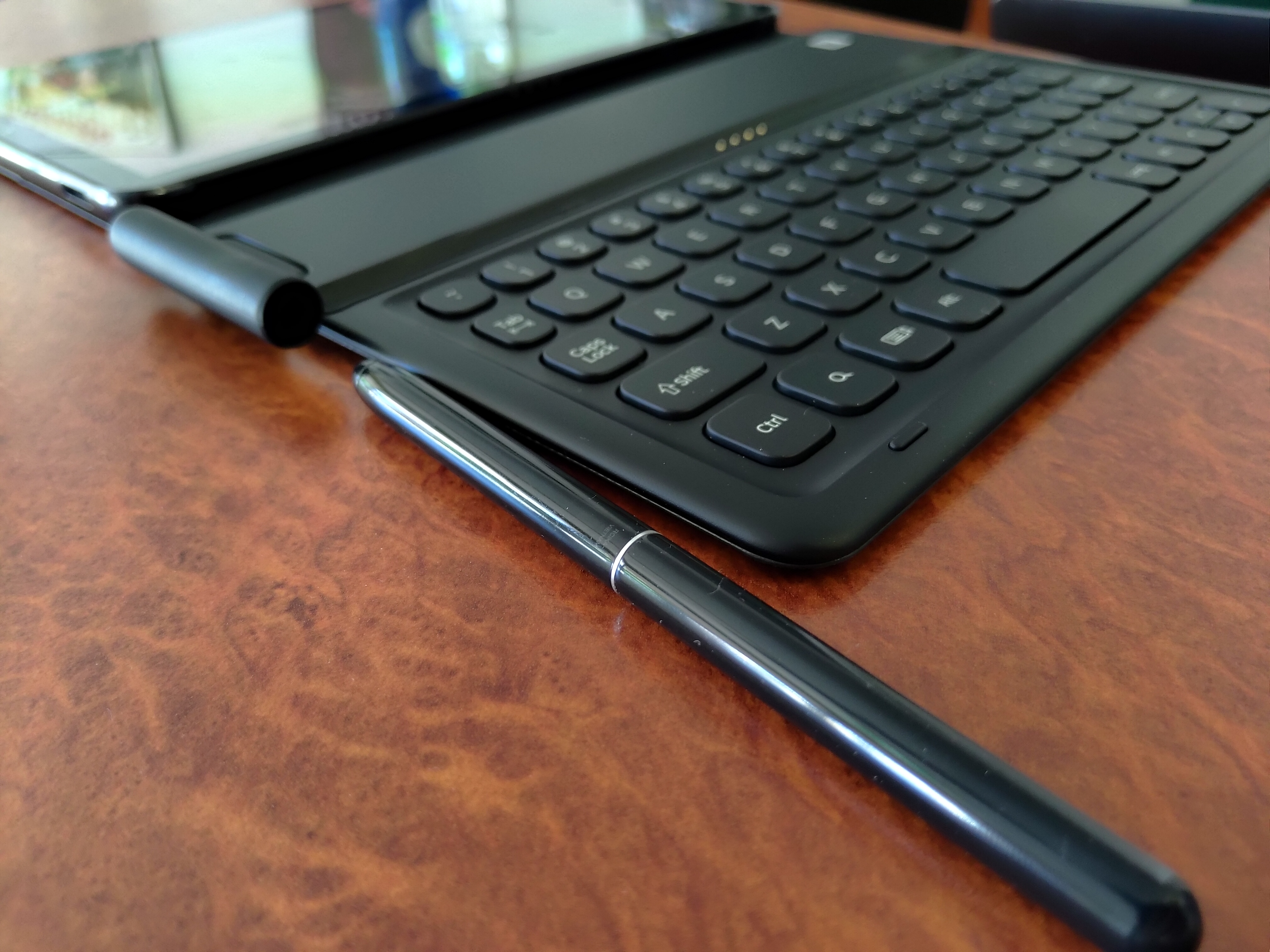I’m an unashamed Android fan, I love the OS, what it stands for and the open-source base. Android has brought us lots of good things – a customisable user interface, lots of great apps, lots of great functionality, and it has borrowed a lot from iOS (just as, over time, iOS has borrowed a lot from Android).
However, it’s not all roses. The Android tablet experience is so disjointed, to the point that an Android tablet from one manufacturer could work completely differently to a tablet from another. There’s little to no consistency, and that’s something that makes the iPad so appealing.
The hardware is always good
Whether you like Apple or not, whether you like their “walled garden” or not, you have to admit that Apple does hardware very well. The hardware is always up to the job of the current OS version (at the time of the hardware release) as well as for a reasonably foreseeable future.
That’s not a promise of a never-ending update cycle for your iPad, but you’re pretty well assured of solid performance for a couple of years after your purchase.
One of the issues I see with the Android tablets is that – aside from those from big vendors – you just don’t know what you’re getting for your money. There are some very cheap tablets out there leveraging the open-source OS and doing little beyond damaging the Android brand through delivering a garbage product. This can and does happen right under the nose of Google.
A simple example that immediately comes to mind is the Nexus 9 tablet from 2014. It was developed in cooperation with HTC under the Google-owned Nexus brand, and yet just wasn’t good – even for the time. The performance dropped off dramatically and there were a number of failures that users endured. Put simply, it was rubbish at release and progressively got worse.
You can’t really say that about any of Apple’s iPads – they’re all pretty good at release, and their functionality continues and – in many cases – improves slightly with almost-certain OS updates.
With that history, and with Apple now finally having succumbed to the market pressure with USB C charging, that’s one of my main reasons for avoiding the iPad gone.
Screen and battery performance
In the last three years, one thing I have noticed when my friends show off their iPads is the screen. Not to say that Android tablets of comparable range and cost have poor screens, but the iPad screens are very good. The screens also increase in quality as you go up in models of the iPad. Even the lower end iPad models have a 60hz screen with really good colour reproduction, where the AMOLED screens used by Samsung can over-saturate colours somewhat.
The performance and the quality of a device’s screen means nothing if you’re always looking for a place to charge it. All of the iPad models from the base model, to the Mini, Air and iPad Pro all offer (on paper at least) all-day battery life. I have a number of friends who use them steadily through the day and get two to three days of use on a single charge. Up to 10 hours of use is what Apple markets all devices with, but if you dim the screen and aren’t streaming media constantly, you will likely see significantly more.
Across the range, Apple controls the hardware and each year there are only a few models to deal with. This means that they’re also in control of the update cycle for the iOS operating system.
OS, updates and integration
There are two very different tales to tell here from the Android and Apple world.
The core Android operating system is updated annually by Google (unless there’s a major point release, which happened more in the past than it does now). There are also monthly security updates released by Google, and of course Google’s proprietary software – Gmail, Calendar, Chrome, web services, and so on – are updated on a regular basis too.
Despite this, it is the manufacturer of your device that decides if they will invest in updating your device and getting it to work.
HMD Global, maker of Nokia smartphones, promises two years of OS updates, a promise you also get on Pixel phones. But that doesn’t stand for others, my Samsung Galaxy Tab S4 is an OS version behind and running the February 2020 security patch.
In fact, with most Android tablets, seeing an operating system update is far from guaranteed; the less you spend, the fewer (if any) updates can you expect to see. Unlike Android smartphones – which mostly do receive some kind of updates post-release – tablets are wildly variable.
Switch camps to Apple, and you’re likely to see 4 years or more (based on devices still getting updates from Apple) of OS updates, pushed out at the same time as all other users with no carrier or manufacturer variables. Apple typically releases major updates yearly, though like Google’s Android, there are point releases for feature updates throughout the year.
That’s an amazing feat, and there’s nothing to do but commend Apple on its commitment to updates and – now they’re not throttling older devices – user experience.
System integration is an area that Apple has nailed. An Apple ID linked to multiple devices will just automatically link to each other. Messages, emails and even calls are integrated. Without an iPhone much of this is simply not present, but it is worth knowing it’s there if you really do want an interconnected Apple ecosystem.
To be fair, Samsung offers a similar level of integration between its brand of smartphones and tablets, but its far from as seamless as what Apple delivers.
iOS-based apps are generally better and offer more variety
Believe it or not, I have had an iPad in the past. I use a Macbook almost daily and am aware of the tight integration across the Apple hardware. But that’s just one of the bonuses or working in their ecosystem. With some exceptions, for tablet users, the apps are generally just better on iPad. Not because it’s on the iPad, but because the developers spend a lot more time refining them because iPad is the biggest and most popular tablet platform.
It’s because of the footprint of the iPad market that there are simply more apps to choose from on iPadOS. The iPad does get exclusives, and apps are usually released before Android, plus there is more effort put into the design of the apps and making use of the larger screen area.
This is a notable pain point for Android tablets, as apps are often designed for smartphones first, and when blown up on a tablet-sized screen, most Android apps pretty much suck.
One area I can’t quite put my finger on, but believe it’s likely due to a number of factors (hardware control, full control over hardware and development guidelines ensuring consistent performance of apps), is that apps just seem to run better which is particularly important if you’re using it as a communication or productivity tool.
Games, games, games…
If you’re into games and want a mobile gaming experience without needing to carry another device like a Nintendo Switch, then an iPad is probably the go-to device. There are a significant number of games on the iPad that many Android tablets just can’t handle or were never there.
It’s almost painful to admit but I’ve gone from looking for reasons not to move over to an iPad for my tablet solution, to now looking for reasons to stay on Android.
Honestly, I’m not convinced that the lack of deep integration into Google services – which I’m heavily invested in – is enough anymore. Yes, an iPad mightn’t integrate with Google services the way Android does, but considering you can get your Gmail, sync your contacts and calendars, access Google Drive and pretty much any other Google service, those reasons for keeping an Android tablet have all but disappeared.
The next round of tablets from Samsung is going to be make or break for whether my next tablet is an Android, or iPad … and I know which way I’m already leaning.
What do you think? Are you minded to bother with Android tablets anymore?




